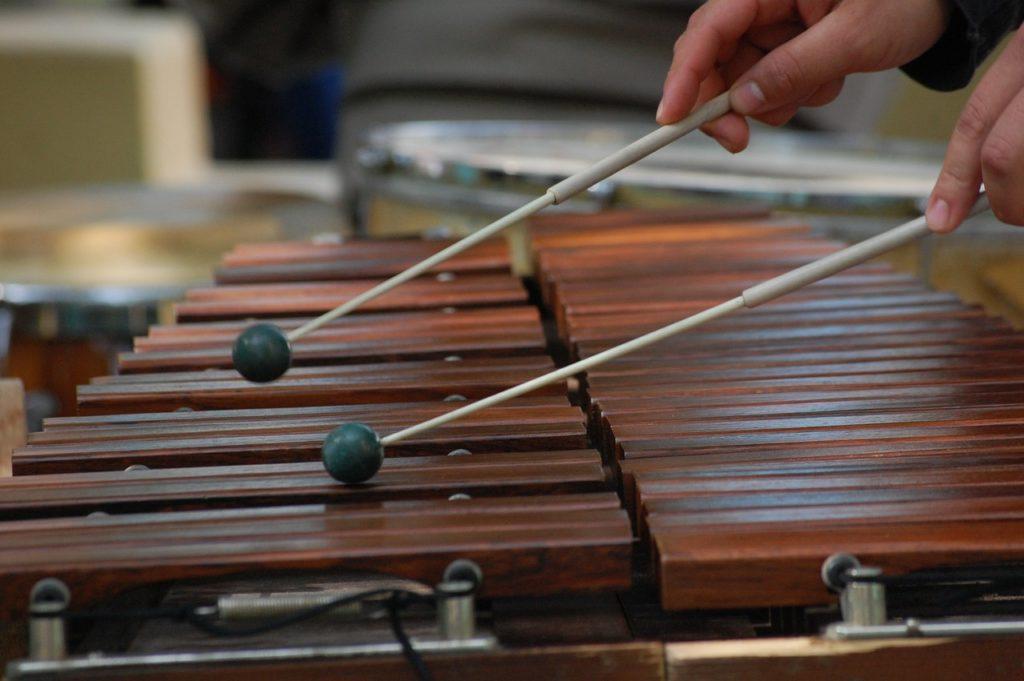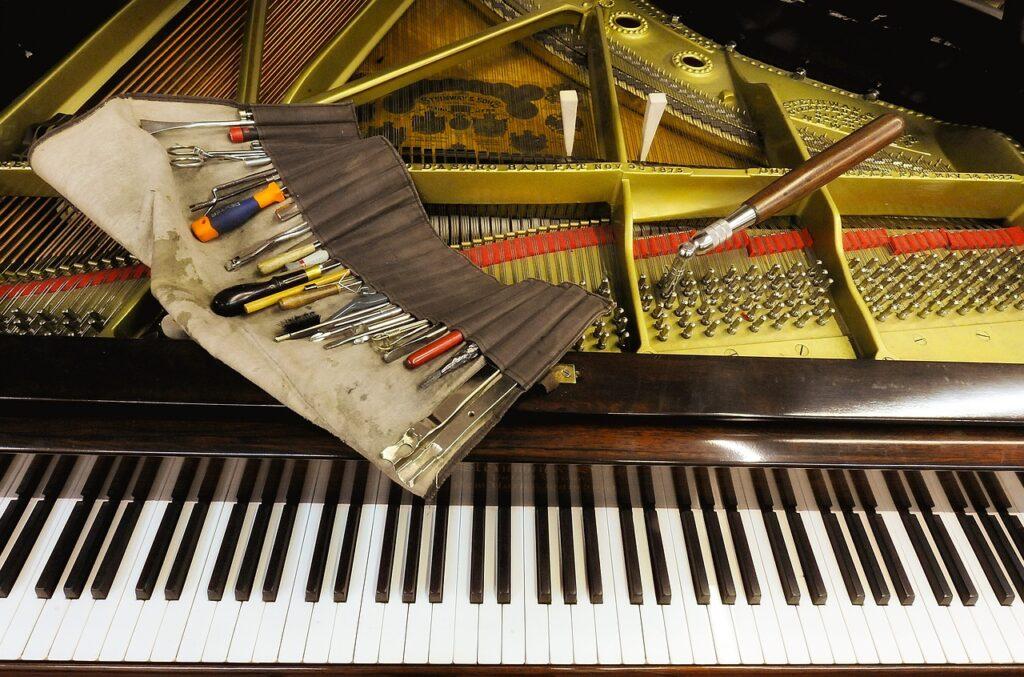Equal Temperament

The archive contains posts discussing equal temperament.
Equal Temperament
What is equal temperament, and why do we use it to tune?
China
Equal temperament (ET) is the standard for tuning pianos. ET first came into common use in Europe, but Zhu Zaiyu of China first worked out the math in the late 1500s. However, ET did not impact the everyday Chinese music of the time.
The Chinese had tuned bells, one for each month. Moreover, the bells required a special tuning. They needed to be tuned so that the pitches cycled back to their starting point at the new year.
ET solved this problem. The rest of Chinese music remained pentatonic based, which musicians tuned using concepts from the monochord.
Europe and The Western World
ET in Europe came into use to solve a problem. Namely, the issues caused by the mismatch of vocal versus instrumental tuning.
In the Medieval period, the instruments were tuned using Pythagorean tuning. However, when singers harmonize, they approximate just intonation. This means that instruments tuned to Pythagorean tuning do not support vocal harmony very well.
Meantone
Diverse compromise systems had gained popularity over the years. Keyboardists tuned up using meantone in Mozart’s day. Meantone does a good job of tuning the major thirds, but can function in only a limited number of keys.
Well Temperaments
J.S. Bach’s The Well-Tempered Clavier creates a showcase for Bach’s tuning. We do not know exactly how Bach tuned his keyboard. However, generally the well temperaments can use every key, but some keys remain better in tune than others. Plus, it also creates key coloration.
Equal Temperament
Equal temperament could be thought of as a very regular well temperament. This gives it several advantages:
- It can play all of the scales.
- Though all the intervals besides the octave have tuning errors, the tuning errors remain spread evenly across the whole system. This means the temperament sounds very even.
- It limits the number of notes required to just twelve.
- Point three makes it practical for keyboard and fretted, stringed instruments.
- It can cycle around the circle of fifths.
- ET works well for chromatic styles, such as jazz and 21st century classical.
- It works fairly well with the tone color of the piano and guitar.
However, ET does not work nearly so well with the organ’s tone color. Also, the equal tempered major third remains barely in tune. For this reason, I created Supplemented Equal Temperament (SET). SET is an enhanced version of ET. ET gets discussed in the archive posts mostly in relation to SET.
© 2021 Geoffrey Keith
Back to the Successful Music Student Blogs
Do you have a hard time recreating on the synth the xylophone sounds from your favorite world music? Do you want to know how to tune the African balafon? The tuning and tone color of an instrument are closely tied together. Keep reading to get info and tips for synthesizing an African balafon style xylophone sound. Estimated reading time 4 minutes.
“Why does my guitar sound out of tune even after I’ve tuned it? Is it possible to tune a guitar perfectly?” Yes, it is possible to tune a guitar perfectly, and it’ll give your sound a boost! Click to find out how it works. Estimated reading time 3 minutes.
Are you thinking about composing in just intonation? Do you worry that just intonation is impractical? As with any tuning system, just intonation has its strengths and weaknesses. We’ll look at the pros and cons, and when you’ve gone through the post, you can make up your own mind. Read more to help you answer the question, “Is just intonation impractical?” Estimated reading time 4 minutes.
Have you ever tuned your synth to just intonation (JI), then selected a piano sound, and thought it sounded odd as you played scales? The reason many people think JI sounds strange with a piano patch is tied to how people hear melody. Read more to learn about choosing the right sound to play with just intonation. Estimated reading time 2 minutes.
Do you like how Hawaiian music sounds? Do you feel frustrated that you can’t capture that sound yourself? Your tuning effects how the guitar sounds. Read more to learn how to tune C wahine like a Hawaiian. Estimated reading time 4 minutes.
Does your guitar sound out of tune even when the tuner says you’re in tune? Do you have trouble tuning by ear or want to get a better guitar tone? Not all guitar tuners have been created equal. Read more to learn how to use an extremely accurate guitar strobe tuner to make your guitar sound awesome. Estimated reading time 9 minutes.
Can Supplemented Equal Temperament help you coordinate your guitar and synth tunings so they sound good? A wide range of Supplemented Equal Temperament (SET) charts and preexisting EDOs (equal-division-of-the-octave tunings) can fit under the umbrella of SET. This gives you a lot of control over how you tune your guitars, ukuleles, banjos, and synths. This in turn will allow your whole ensemble to sound better in tune. Read more to learn about the flexibility in Supplemented Equal Temperament’s theory. Estimated reading time 5 minutes.
I’m excited to share that I’ve posted my 100th blog article. My goal is to deliver fun, relevant, and insightful content that’s chock-full of soundtracks, vibrant images, and videos. I hope you like what you’ve seen so far. If you have, please visit again. Estimated reading time 5 minutes.
Do you have a hard time getting the authentic sound of bluegrass banjo? How you tune impacts how you sound. Read more to learn how to tune like an authentic bluegrass banjo player. Estimated reading time 4 minutes.
Want the authentic sound that comes with Hawaiian tuning? How you tune impacts the guitar’s sound. Read more to learn how to tune your guitar like a Hawaiian.
Estimated reading time 6 minutes.











